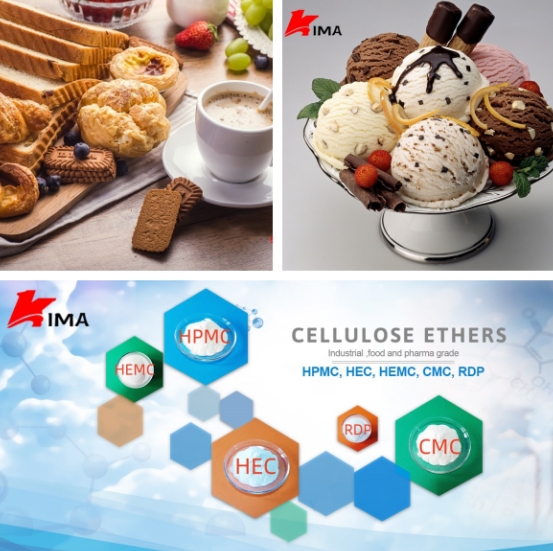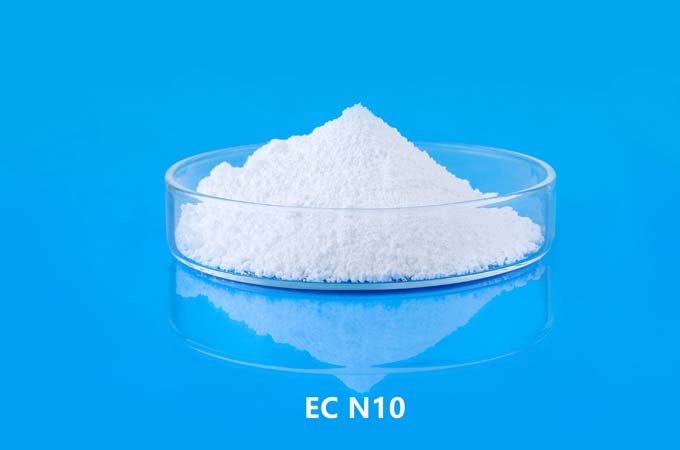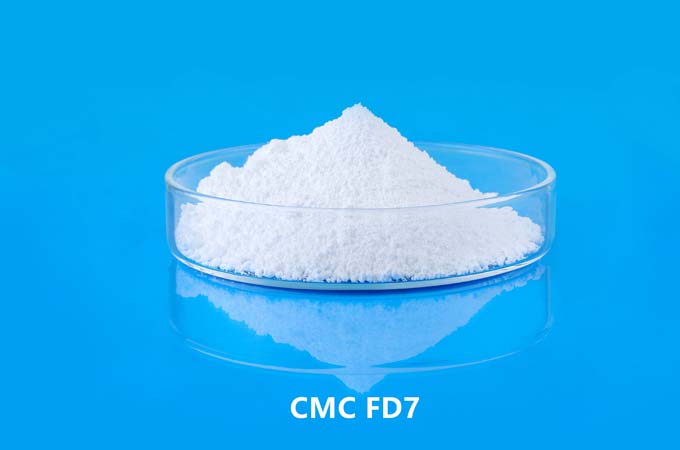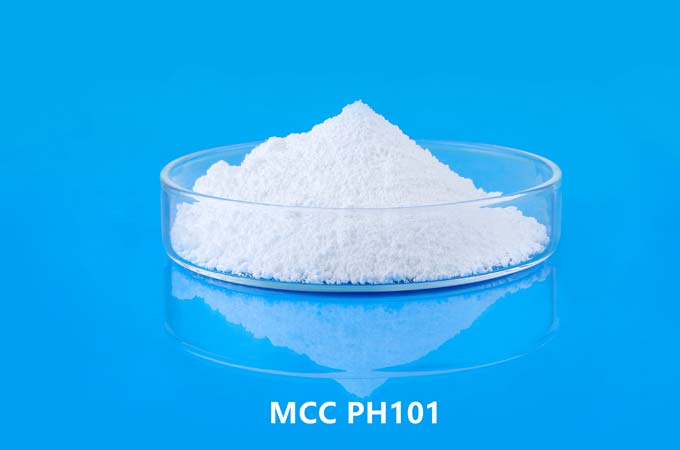Cellulose ethers are a type of water-soluble or dispersible polymer compounds made from natural cellulose by introducing ether groups into the cellulose molecular chain through etherification reaction. They have good thickening, emulsifying, suspending, water-retaining and film-forming properties. In the food industry, cellulose ethers are widely used in many food fields due to their unique physical and chemical properties and safety, and have become one of the important food additives.

1. Common types of food-grade cellulose ethers
The cellulose ethers commonly used in the food industry mainly include hydroxypropyl methylcellulose (HPMC), methylcellulose (MC), sodium carboxymethyl cellulose (CMC-Na) and hydroxyethyl cellulose (HEC). Among them, CMC-Na is the earliest cellulose derivative used in the food industry, with good water solubility and colloidal properties; HPMC and MC have good thermal gelation properties and film-forming properties, and can form stable gels after heating, which is beneficial to the structure maintenance of food.
2. Functions of cellulose ethers in food
Thickening and stabilizing effects
Cellulose ethers have a significant thickening effect, which can increase the viscosity of food systems at low concentrations and improve taste and texture. For example, adding CMC-Na or HPMC to dairy products, salad dressings, jams and soups can effectively improve the consistency of the product, prevent stratification and precipitation, and improve the sensory quality and stability of the product.
Emulsification and suspension effects
Certain cellulose ethers such as HPMC have good emulsifying properties, which can stabilize the oil-water interface in emulsified foods and prevent emulsion separation. In suspended foods such as fruit juice drinks and sauces, cellulose ethers can also play a good suspension role, making solid particles or oils evenly distributed and extending the shelf life of the product.
Water retention and anti-aging effects
Cellulose ethers have good water retention properties and can effectively lock in moisture in food to prevent dehydration and air drying. For example, adding HPMC or MC to baked products such as bread and cakes can not only increase moisture retention, but also slow down the aging of starch, extending the softness and shelf life of the product.
Film-forming and coating effects
Cellulose ethers such as HPMC and MC can form transparent, non-toxic films in solution and can be used as edible coating materials for food. They form protective films in foods such as candies, pills, and dried fruits and vegetables, which help to prevent moisture, oxidation, and extend shelf life.
Thermogelation and taste improvement
Certain cellulose ethers such as MC and HPMC have thermogel properties, forming thermogels during heating and playing a structural support role in food. For example, when used in plant meat products and quick-frozen foods, they can improve the structural strength and taste of the product and simulate the chewing sensation of meat.
3. Application examples
Bakery products: Adding HPMC or MC to cakes and bread can improve the water retention and bubble stability of the batter, increase the volume and softness of the finished product, and extend the shelf life.
Dairy products: Adding CMC-Na to yogurt and flavored milk can prevent whey precipitation and improve the uniformity and stability of the product.
Frozen food: Adding cellulose ether to quick-frozen pasta and frozen pizza can enhance the tissue structure of food after thawing and avoid water loss and structural damage during thawing.
Beverages and condiments: Cellulose ether can play a role of suspension and stabilization in fruit juice drinks, and can increase the consistency, improve rheological properties and enhance adhesion in sauces and salad dressings.

4. Development trend and safety
As a food additive, the safety of cellulose ether has been widely recognized and is listed as a non-toxic additive by the World Health Organization (WHO) and the Food and Agriculture Organization of the United Nations (FAO). With the popularization of the concept of healthy diet and the rise of plant-based products, cellulose ether will play an increasingly important role in new foods such as low-fat, low-sugar and vegetarian foods. In the future, cellulose ether products will develop in the direction of multi-function, high purity, natural sources and green production to better meet the food industry's demand for high-performance and safe additives.
Cellulose ether plays an indispensable role in the modern food industry with its excellent physical and chemical properties and wide applicability. It has important value in improving food taste, stabilizing system structure and improving product quality, and its future application prospects are still very broad.
 English
English 日本語
日本語 français
français Deutsch
Deutsch Español
Español italiano
italiano русский
русский português
português العربية
العربية Türkçe
Türkçe Nederland
Nederland





